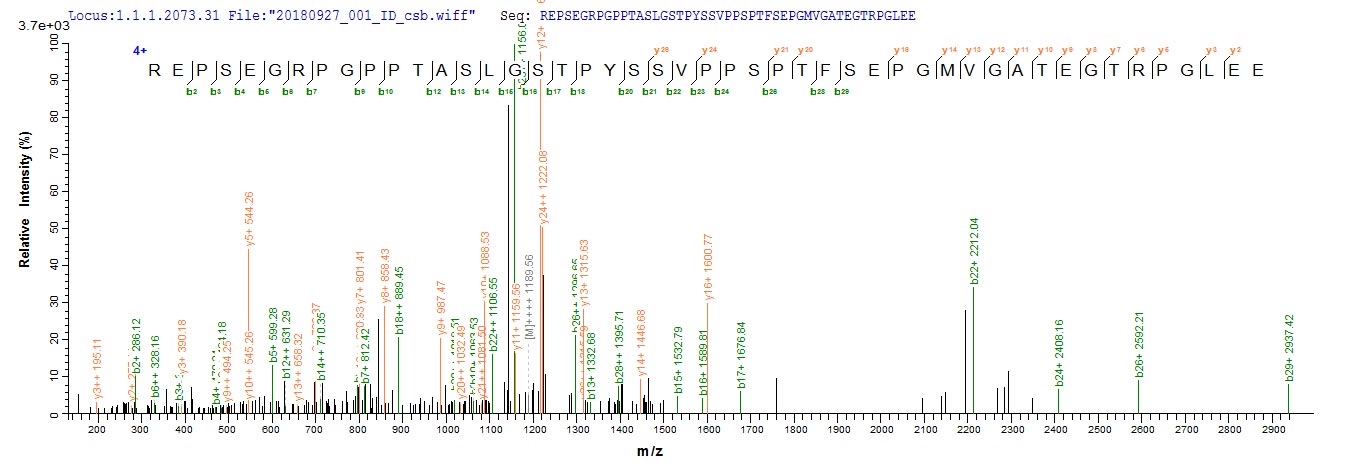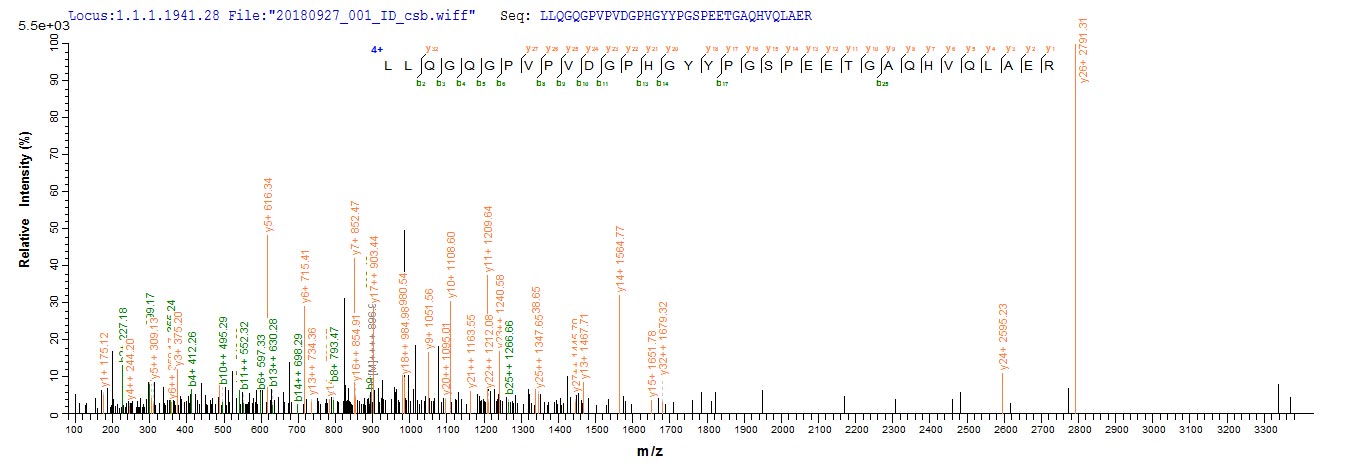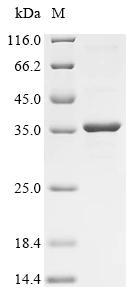The recombinant Human NRL was expressed with the amino acid range of 1-237. The expected molecular weight for the NRL protein is calculated to be 33.4 kDa. This NRL recombinant protein is manufactured in e.coli. The NRL coding gene included the N-terminal 10xHis tag and C-terminal Myc tag, which simplifies the detection and purification processes of the recombinant NRL protein in following stages of expression and purification.
The human neural retina-specific leucine zipper protein (NRL) is a transcription factor that plays a crucial role in the development and maintenance of photoreceptor cells in the retina. NRL is predominantly expressed in rod photoreceptors and is involved in the regulation of genes associated with rod cell differentiation and function. It promotes the development of rod photoreceptors while suppressing the formation of cone photoreceptors. NRL is essential for the proper functioning of the visual system, as it contributes to the synthesis of visual pigments and the overall sensitivity of rod cells to light. Research areas related to NRL include retinal development, visual neuroscience, and potential implications for retinal diseases and therapies. Understanding NRL's role provides insights into the molecular mechanisms governing vision and may contribute to the development of treatments for retinal disorders.








